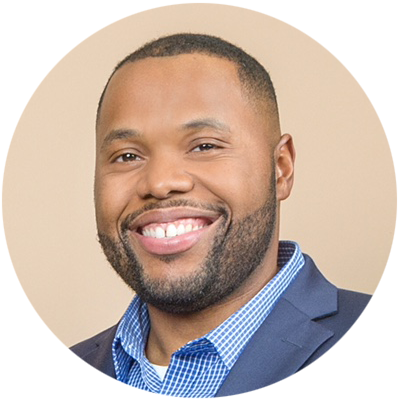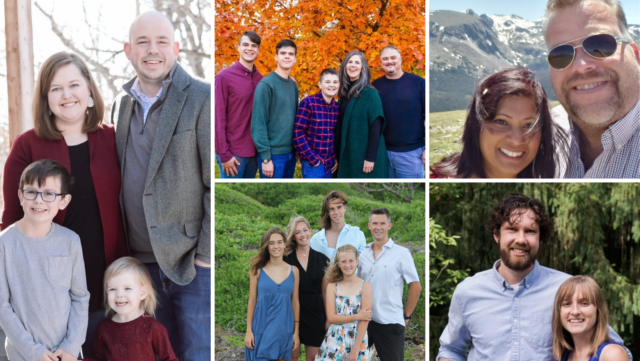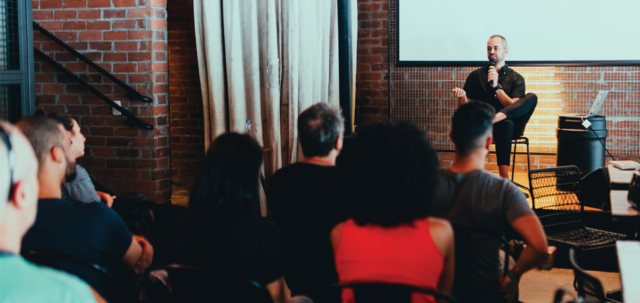There has never been one right way to plant a church. In fact, there are thousands of models of church planting and an infinite number of unique ways to do this work. All kinds of people are called to bringing the power and presence of God around the world.
We recently interviewed eight church planters about the different models, methods, and people that make up their Vineyard Churches for our What Does Vineyard Church Planting Look Like booklet. Today we’re sharing one of the interviews from Geno & Shannon Olison, pastors of the South Suburban Vineyard in Flossmoor, IL.
MV: What does a multiethnic church like yours look like?
SO: When you come to our church, you’ll see people of different ethnicities preaching, leading worship, directing kids’ church, welcoming you at the front door, as well as people of different ethnicities sitting around the table making leadership decisions.
On a Sunday morning, you’ll see faces that represent different walks of life and different cultural groups. By the time you get to your seat, you’ll interact with lots of different types of people.
MV: Why do we plant multiethnic churches?
GO: We were struck years ago by how much scripture deals with diversity. When we look at the New Testament, we see all these passages of scripture that deal with race and ethnicity and justice. From Acts Chapter 10 to Galatians 2 to Revelation 7, if you have eyes to see it, you see that diversity is a really big deal and God is calling us to make it a priority in the places and spaces where we have influence. That means our churches!
We also really value God’s bigger family. We believe we learn about God’s goodness and his depth through seeing the different types of people he has created.
MV: How were you called to church plant?
GO: I never thought of myself as a church planter…that is until I started thinking about planting a church. I remember the moment like it was yesterday. I was standing in the sound booth at the Vineyard in Urbana, Illinois during ministry time at a conference. At that moment, I felt the strongest sense that I was supposed to plant a Vineyard church.
I’d been attending the Vineyard for about 4 years and I was really starting to love it. But as an African-American man, I was complaining to God constantly about the lack of diversity at the church. In a powerful moment of clarity, I heard the Lord saying, “when you start your church, make sure it’s not that way.” The Lord had given me permission to start a multiethnic Vineyard church. That moment was the first in a string of events and conversations that would slowly progress toward a full-blown church plant.
MV: What kind of skills do you need to plant a multiethnic church?
GO: I think a multiethnic church planter should be pursuing a multiethnic life. Get comfortable having a diverse group of people around your dinner table and in your circles of friends. This might mean being very deliberate about how you spend your time and energy. Generally speaking, a multiethnic life has to be pursued.
A willingness to humbly learn is also a great skill to have. We don’t have to be perfect or super skilled at being in diverse settings, but you do need to be humble, acknowledge mistakes, keep short accounts, and be quick to forgive.
MV: As you church plant, how can you begin to cultivate the diversity of the kingdom in your church?
GO: First, If you’re planter from a majority dominant culture, pray specific prayers for God to send people of color who feel called to your church. Pray for folks who will respectfully challenge you and the things about the church culture you’re building that may feel unwelcoming. Pray for people who love you and your vision and will help you develop a holy discontentment for homogeneity in your church.
Next, ask yourself these questions: Why would people who are different from me come to my church? What’s here for them? These questions can feel terribly convicting, but it’ll start you down the road of considering what someone of a different cultural background might have to give up in order to fold into your church.
SO: If you’re a planter of color, talk to people who have been down this road and get support. No one will have your story, but it is helpful to hear others’ stories and be reminded of God’s heart for multiethnic communities and be encouraged.
GO: As I look out on the landscape of the Vineyard, I can honestly say I think it’s a good time to be in the movement. Over the years, I have wondered if there is a place for me here and I have now experienced a shift. I see that the wind of the Spirit has been blowing on diversity in the Vineyard. The Vineyard seems to have put its sail up in the air and it’s been blown in the direction of meaningful diversity.
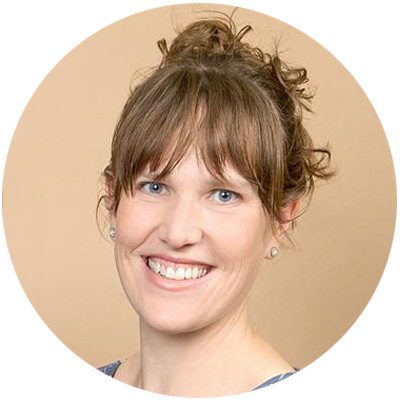
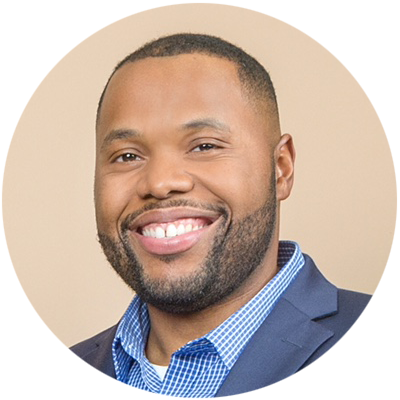
Shannon and Geno Olison moved to the Homewood-Flossmoor area from Champaign-Urbana, Illinois in June of 2009 to start the South Suburban Vineyard, a multicultural church in the south suburbs of Chicago. Since that time, they, along with a fabulous team of individuals have been building a church from the ground up. This means having a lot of fun, working hard and seeing lives changed, including their own. They have seen the church grow from meetings of 15 people to small groups to a Sunday morning church service. Shannon and Geno have four sons, Joseph, Elijah, Joshua, and Ezekiel.


